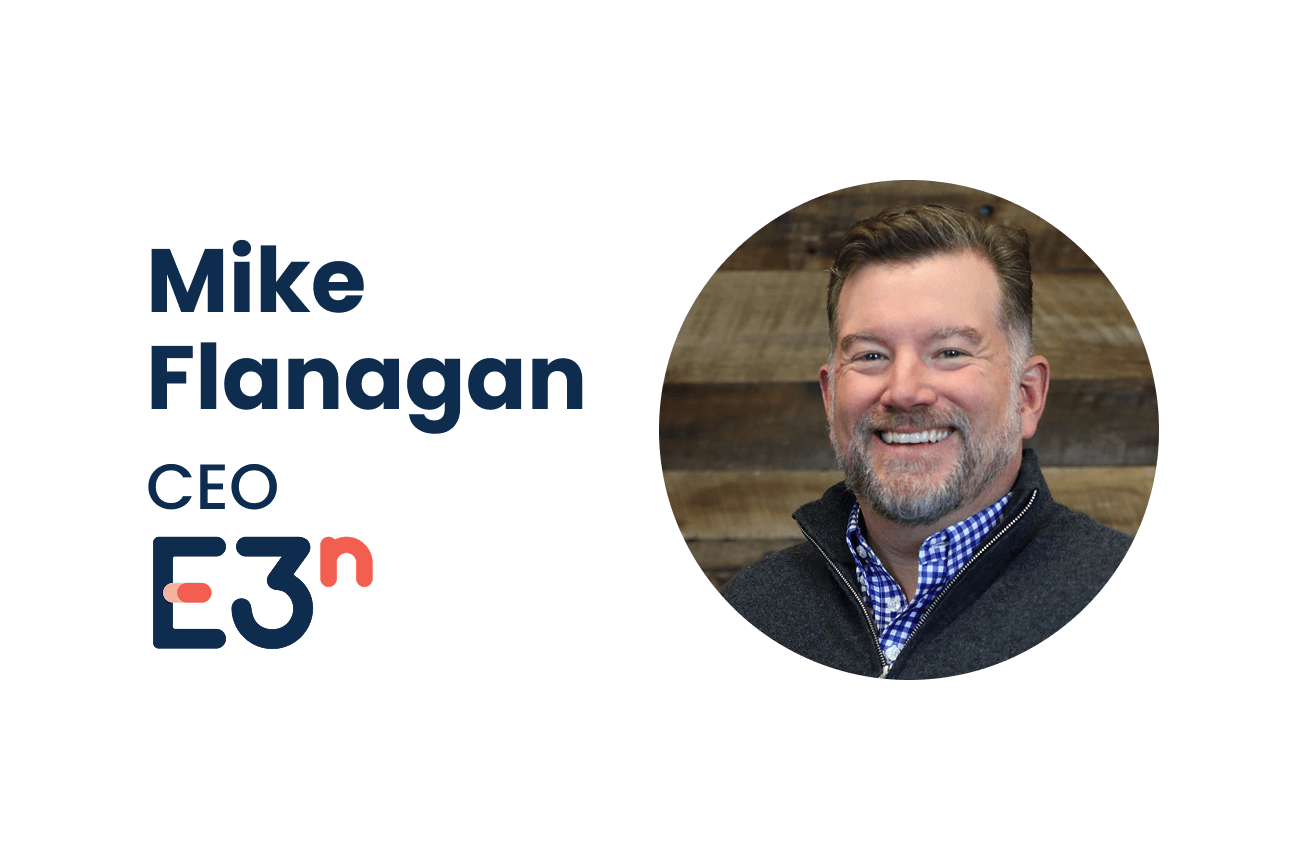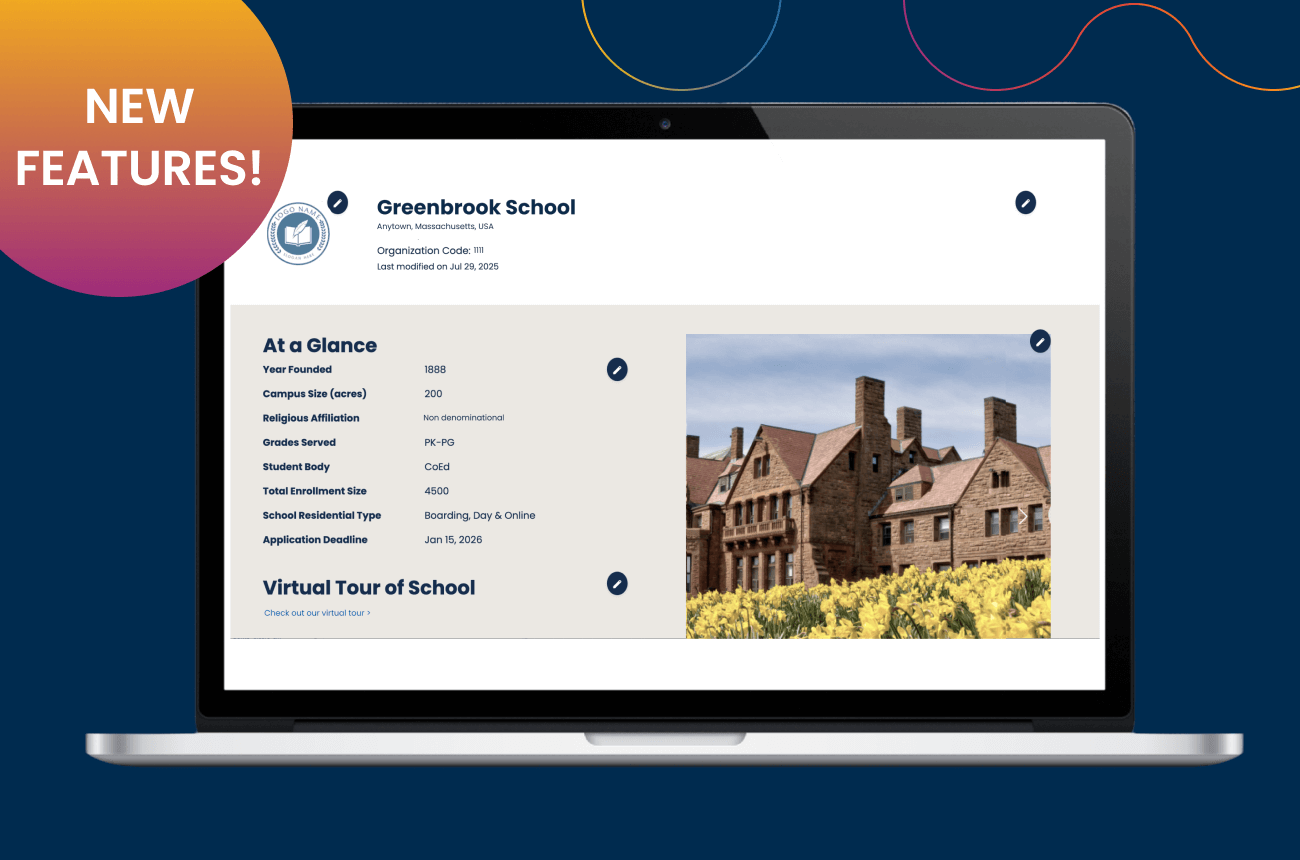Adaptations for Independent Schools in “The New Normal”

By Douglas Lyons, Executive Director, Connecticut Association of Independent Schools, Mystic, CT
American independent schools are faced with a dilemma, labeled by economists as “the new normal.” In a period of 17 months (between October 2007 and March 2009), the New York Stock Exchange Dow Jones Industrial Average dropped 54% from 14,164 to 6,469. In the United States, 15 banks failed while several others were rescued through government intervention. On October 11, 2008, the head of the International Monetary Fund warned that the world financial system was teetering on the “brink of systemic meltdown.”
Fast forward to July 2014. The stock market has recovered, posting record gains. However, the independent school community continues to feel the aftershock. A small but significant percentage of American families who can afford the cost of an independent school education are now less optimistic about the future of their wealth. These families constitute a new normal for us. They are hesitant to make a commitment (emotional and financial) that could span 15 years (nursery through 12th grade) before the burden of college tuition.
Schools that are stable or thriving in the new normal are those that have responded to challenging demographics by initiating changes that are less reactionary and more strategic. When faced with declining admissions statistics, some boards assume that the fault lies in marketing, leadership, or in the skill and energy level of the admissions professionals. If that is truly the cause, the board has a problem. However, if the admissions data represents a new normal dilemma, the board might waste precious months (or years) attempting “a fix” when an “adaptation” would be more suitable—and financially sustainable.
The two most effective adaptations are:
• rightsizing to achieving maximal school enrollment
• strengthening the school’s value proposition.
Proactively rightsizing a school is a strategic decision made through a realistic assessment of future opportunities and vulnerabilities. It is not a surrender to market forces. And it can be a choice rather than an inevitability. A tribute published on the Choate Rosemary Hall website stated: “Ed Shanahan’s greatest accomplishments as Headmaster were taking Choate into the modern fiscal era and downsizing the school from 1100 to 850. That was a stroke of brilliance and a very gutsy move to walk away from revenue from those tuitions.” Choate downsized in the 1990s in order to become a more intimate community, which was achieved.
Proactive rightsizing forces difficult decisions and can be emotionally painful for a school community. Yet it is far less draining, anxiety producing, and chaotic than reactive rightsizing—and it enables a school to take control over its future. It is not change that frightens people; it is uncertainty. Affirming a new enrollment level provides a school community with a measure of certainty.
A school’s value proposition can be likened to an equation: Value = perceived benefits and outcomes divided by price. When price goes up, perceived benefits and outcomes need to rise commensurately.
In earlier eras, independent schools could survive if they were similar to, but better in some way(s) than local highquality public schools. “Better” was often defined by resources, class size, scope, and rigor of program. In the new normal, independent schools can no longer be simply “better.” Our schools need to be fundamentally different from the free competition.
That difference needs to be visible to applicant families who know that success in careers and in citizenship in the 21st century will require people to possess broad competencies: non-cognitive skills as well as the ability to think analytically and creatively and to work collaboratively. Our schools have historically valued these skills yet have only recently begun to measure them.
Strong independent schools in the new normal have realistic enrollment projections and staffing and budgets designed for their maximal size. They also have value proposition data on measures of their students’ success in 21st-century skills.
Finally, these schools have trustees who understand that changing times require visionary leadership and stewards who revere and protect the traditions of the school without being tradition-bound.




